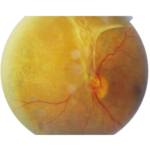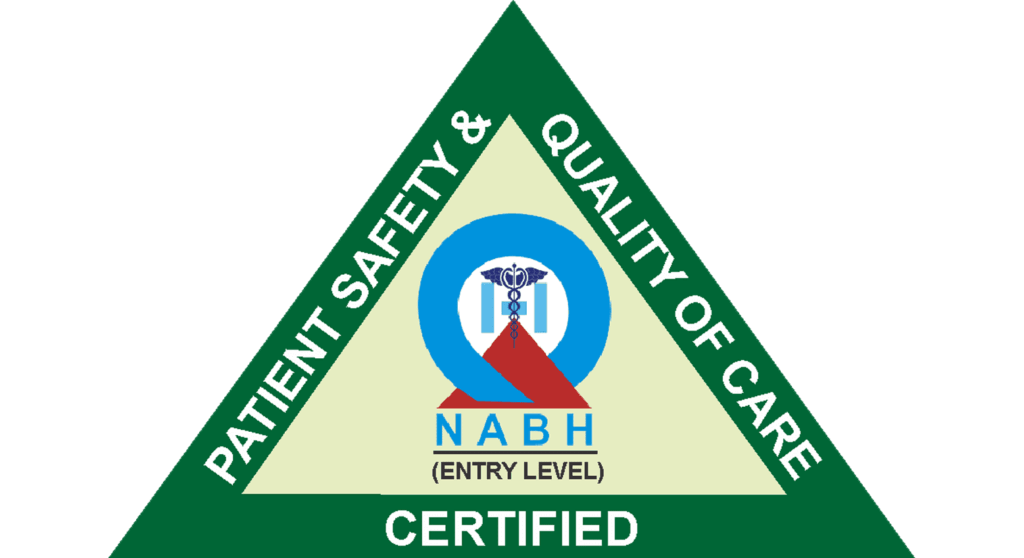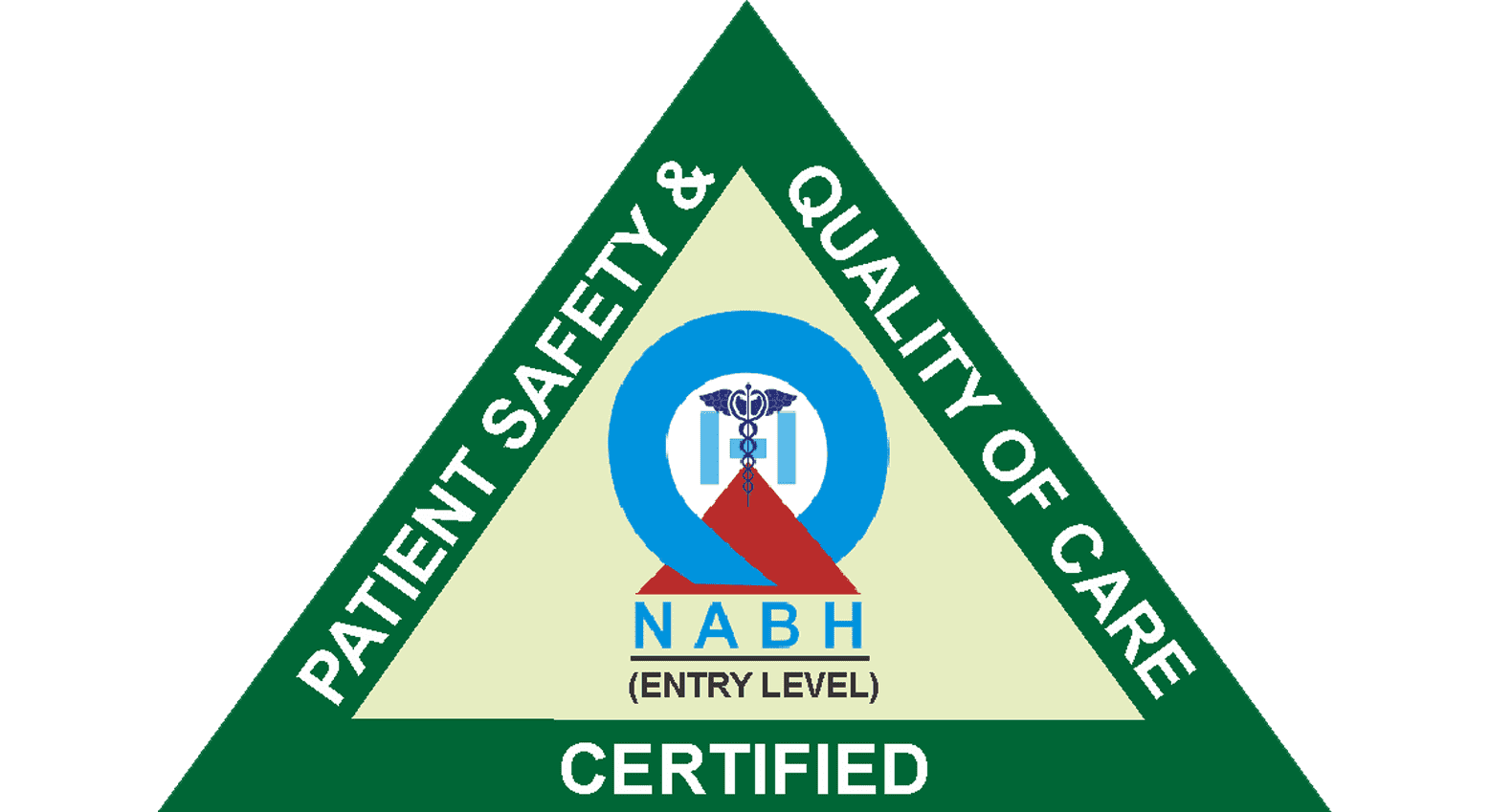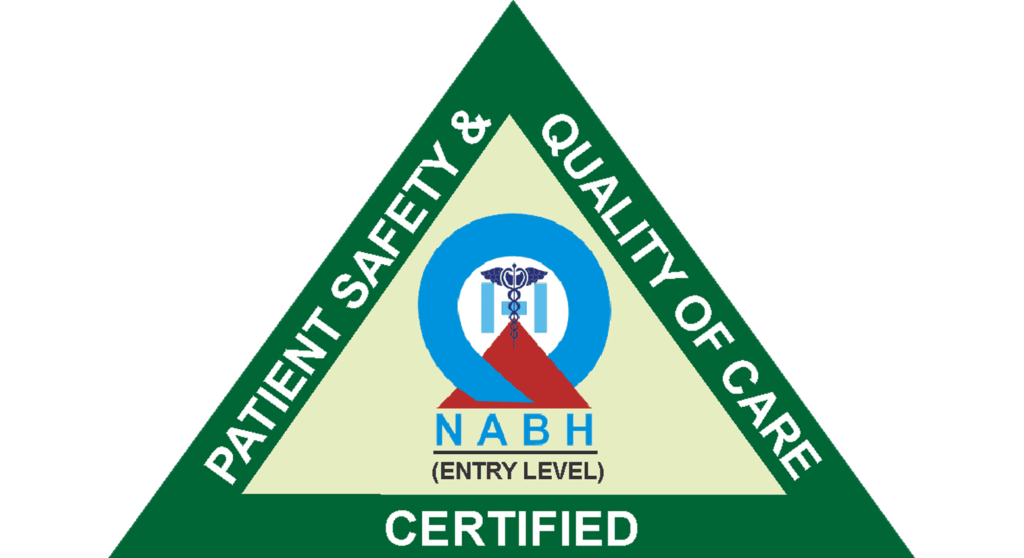Cataract Treatment in Vileparle and Santacruz
Cataract Diagnosis & Treatment
Cataract Treatment in Vileparle and Santacruz
Cataract Diagnosis & Treatment
Tractional Retinal Detachment
What is Tractional Retinal Detachment?
Due to the gradual reduction of fibrovascular membranes throughout an extensive area of vitreoretinal adhesion, traction retinal detachment occurs when neurosensory retinas become detached from the underlying retinoid epithelium.
Causes of Tractional Retinal Detachment
- Diabetes can increase vulnerability to retinopathy
- Injuries that penetrate the posterior segment of the eye
- Fibrovascular proliferation caused by vaso-occlusive lesions.
- Can be caused by other factors such as prematurity-related retinopathy
- Familial exudative ophthalmopathy caused by hereditary-based factors
- Inflammation of blood vessels resulting in Idiopathic vasculitis.

Tractional Retinal Detachment Symptoms
Tractional retinal detachment signs may manifest as: Vision deterioration with time Problems in vision that generally worsen with time Straight lines (scale, wall, road, etc.) that abruptly appear curved Central vision loss due to possible detachment of the macula If there is a vitreous hemorrhage, there is a sudden diminution of vision.
Tractional Retinal Detachment Prevention
- Taking care of health variables such as blood sugar levels and blood pressure
- Regular eye checkups
- Protecting the eyes from harm
Types of Tractional Retinal Detachment
- Given the type of vitreoretinal traction, classification may ensue.
- Tangential traction can be triggered by the shrinking of the epiretinal fibrovascular membranes.
- Anteroposterior traction is caused by the contraction of fibrovascular membranes which stretch from the back of the retina to the front at the vitreous base, where they are often linked to the main blood veins on the retina’s surface.
- Bridging (trampoline) traction occurs when fibrovascular membranes contract and link various parts of the retina or vascular arcades.
Diagnosis
- Ophthalmoscopy (using direct and indirect ophthalmoscopes)
- Capturing images of the fundus and conducting fundus fluorescein angiography
- Utilizing Optical Coherence Tomography (OCT)
- Performing an ultrasound B scan
Tractional Retinal Detachment Treatment
- Retinal laser photocoagulation
- Vitrectomy surgery
- Intravitreal anti vegf injections (bevacizumab, ranibizumab, aflibercept)
In possible cases, tractional retinal detachment can be stopped in certain situations before it affects central vision. If a minor detachment occurs away from the central vision, its development can be prevented by retinal laser therapy or anti-VEGF injections along with increased regulation of blood sugar. If a tractional retinal detachment considerably impairs central vision, surgical intervention must be done. The vitrectomy surgical treatment proceeds to remove the gel-like material in the back of the eye where aberrant vessels have formed. During vitrectomy, the retinal surface is meticulously microscopically cleaned of fibrous scars formed by aberrant blood vessels. Laser treatment is sometimes performed simultaneously to reduce the likelihood of vessel recurrence or to fix stretch holes in the retina. To sustain retinal connection, the eye may be filled with synthetic gas or silicone oil at the end of the restoration process. The suitableness of either of these compounds as a vitreous replacement is typically determined during surgery.
Frequently Asked Questions
Adopt a nutritious diet that includes omega-3 fatty acids, vitamins A, C, and E, and lutein along with regular exercise and protective eyewear to maintain retinal health naturally.
Yes, surgical treatments such as vitrectomy, membranes removal or other procedures aimed at restoring traction and reattaching the retina can often be successfully used to restore tractional retinal detachment. The chances of a successful repair are increased by initial diagnosis and treatment.






